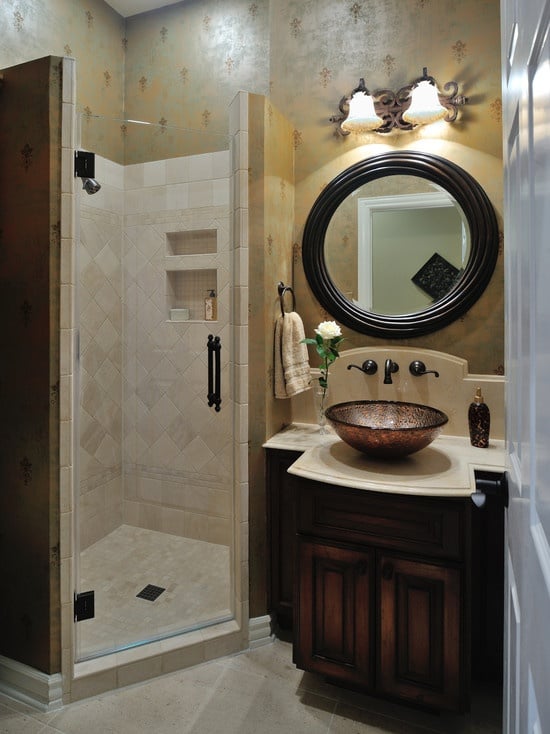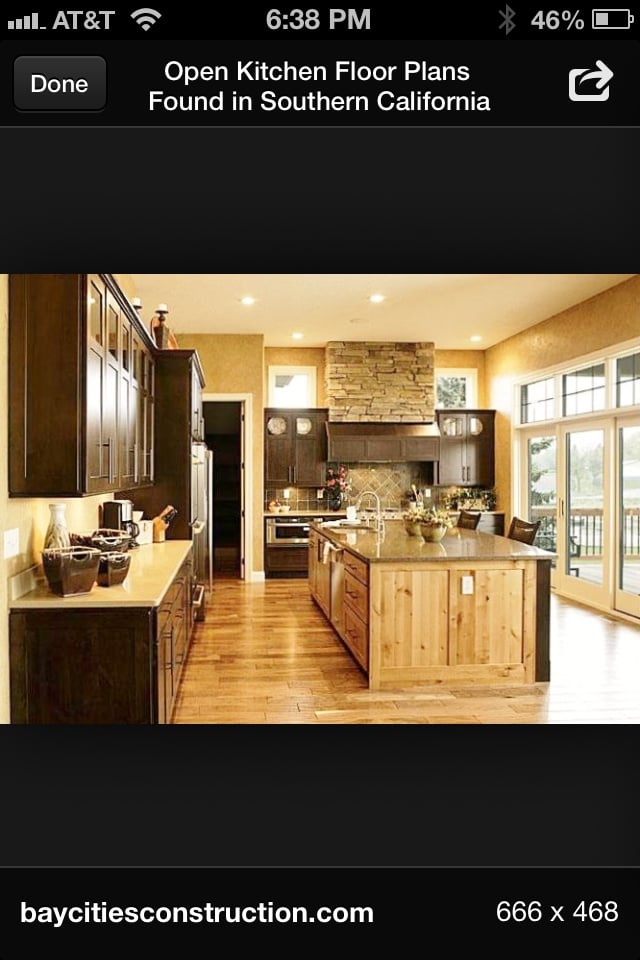Evaluating the value of your home is the first step to selling your home, as well as the initial stop of curious homeowners. You don’t have to immediately get an assessor to come in and give you an accurate value. If you’re savvy, you can use what’s around you to determine the value of your property. Here are a few tips for determining your house’s value.
Your Area
Look at whether any other homes have recently been sold in your area. The chances are the property is similar in size and layout to yours. This can give you a ballpark figure for what you can expect to get for your home.
If no properties have been sold within the last year or so, take a peek at whether there are currently any homes up for sale. You have to take these prices with a pinch of salt. Just because someone markets a home at a certain price doesn’t mean they’ll get this price.
Improvements
Certain improvements will make your home more valuable. Whether they improve the value of your home depends on current trends. For example, serving hatches and combined living and kitchen areas were once popular but have waned since.
The type of improvement will determine how much of your initial investment you’ll get back. Another bedroom and an open kitchen diner will net you your entire investment back. Loft conversions and upgrading the cabinets and appliances will get you about 50 per cent of your investment back in house value.
Of course, you shouldn’t improve your property simply to update the base value. Kerb appeal determines whether you’ll be able to attract a buyer who will pay the market value.
Your Location
The location influences the price significantly. It would be pointless to compare your suburban home to one in the middle of the city. Quiet residential areas net higher property values, whereas properties on main roads and in major commercial areas have lower prices.
Put yourself in the shoes of a buyer. Ask yourself what you would want from a property. Things like proximity to good schools, public transport, and local amenities are all aspects which will get you more value.
New Builds vs. Existing Properties
One common mistake homeowners make is to compare their house to a new build. You can’t compare the two even if they happen to be next door to each other. Buyers will pay a premium to live in a house which nobody has ever lived in before. It’s the ‘newness’ factor which draws people in.
No matter how many improvements you make, you’ll never compare to a new build. This phenomenon works in a similar way to how new cars work. They always have a big premium and lose thousands in value as soon as someone drives it away.
Whilst taking these things into account can give you a rough idea of how much you can get from your home, it can’t compare to an accurate evaluation from a visiting estate agent.
Today’s guest post is contributed by Samantha Jacobs. She is a successful freelance writer who enjoys blogging in her free time. She is really excited about the new house she brought with the help of Colliers Wood estate agency and recommends their services to others.



